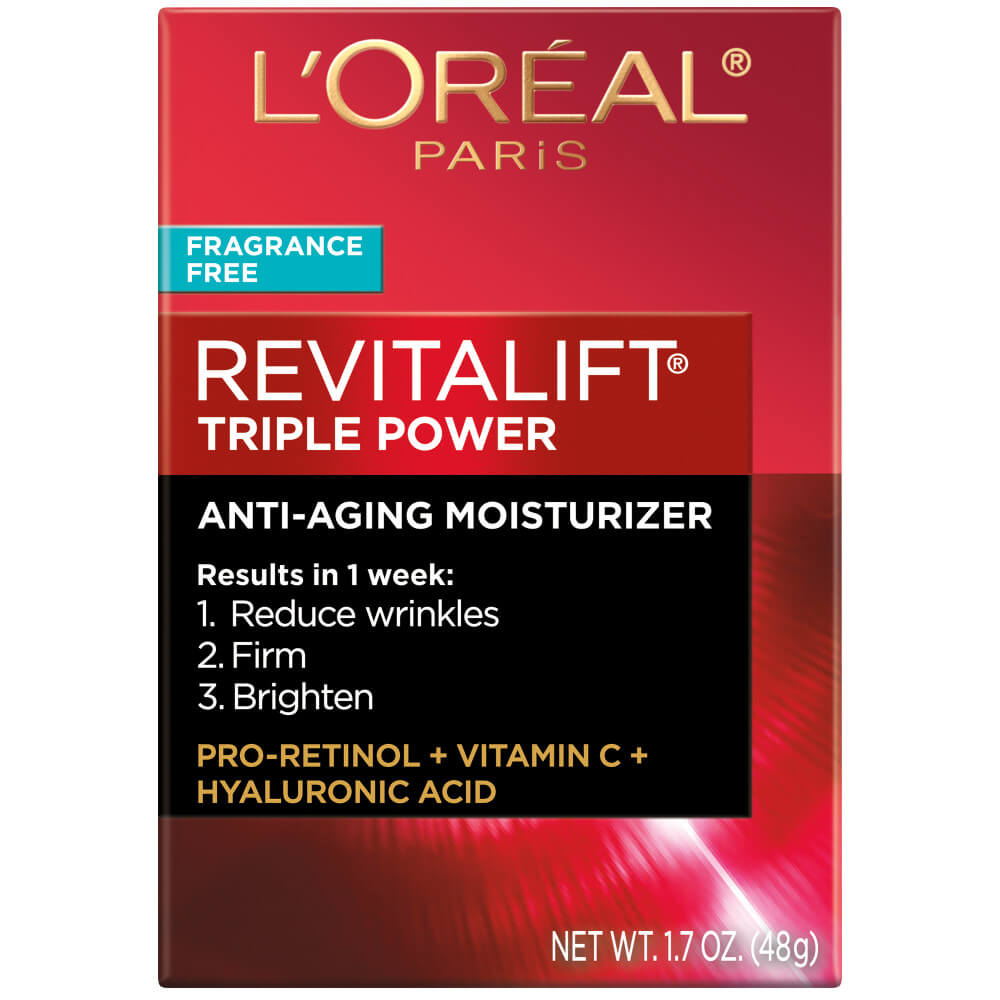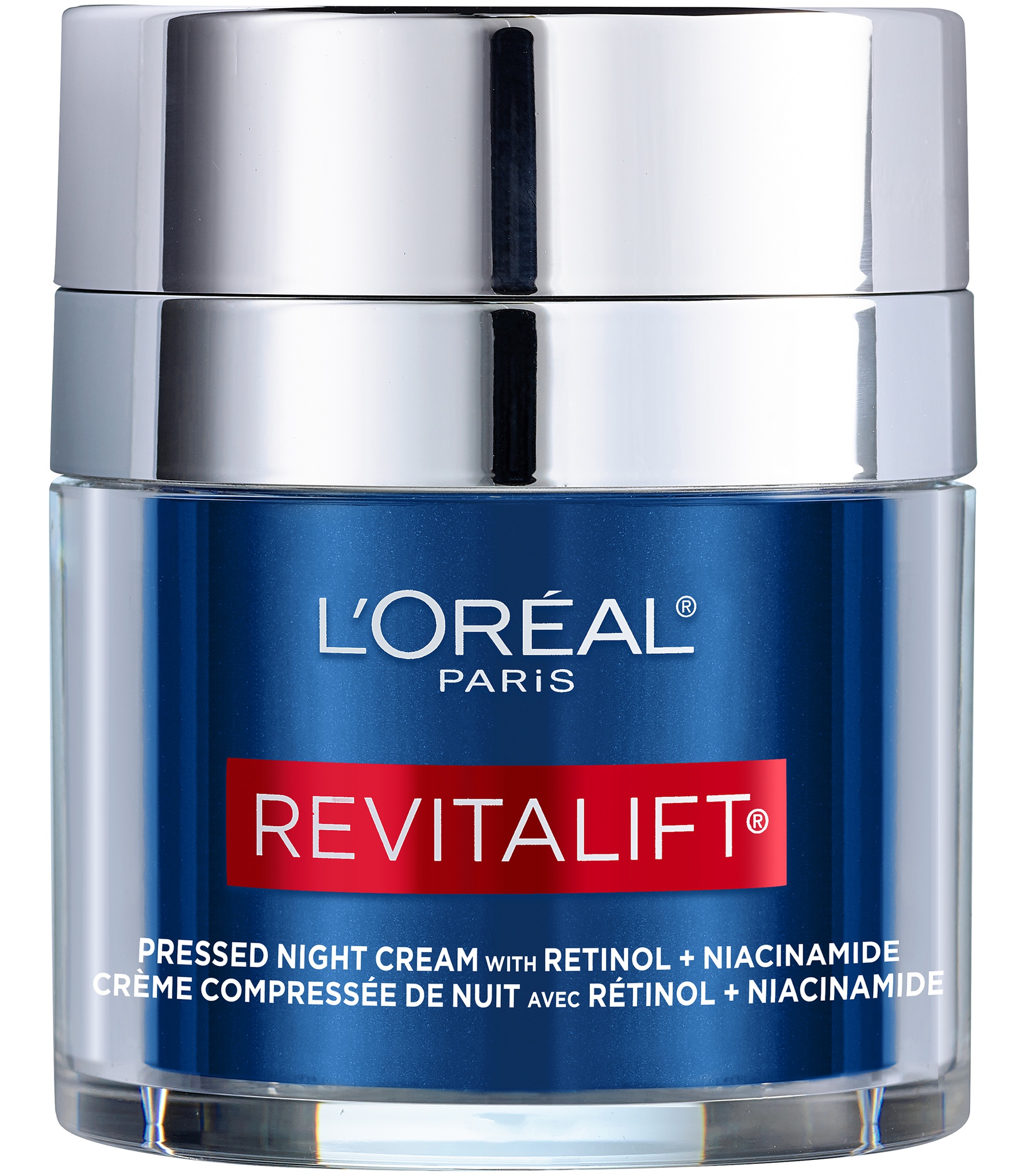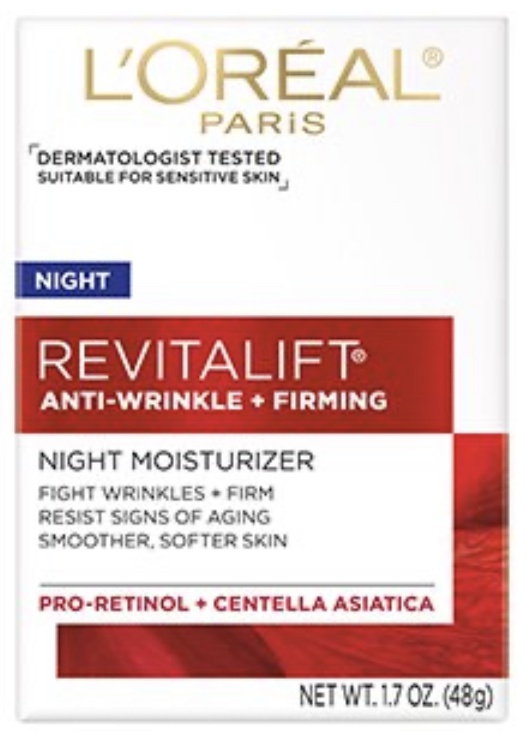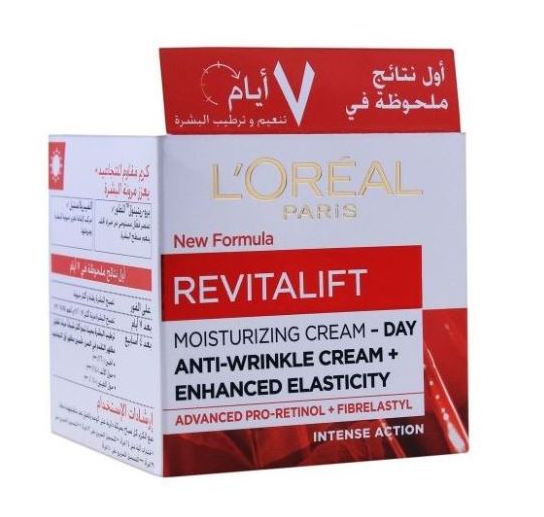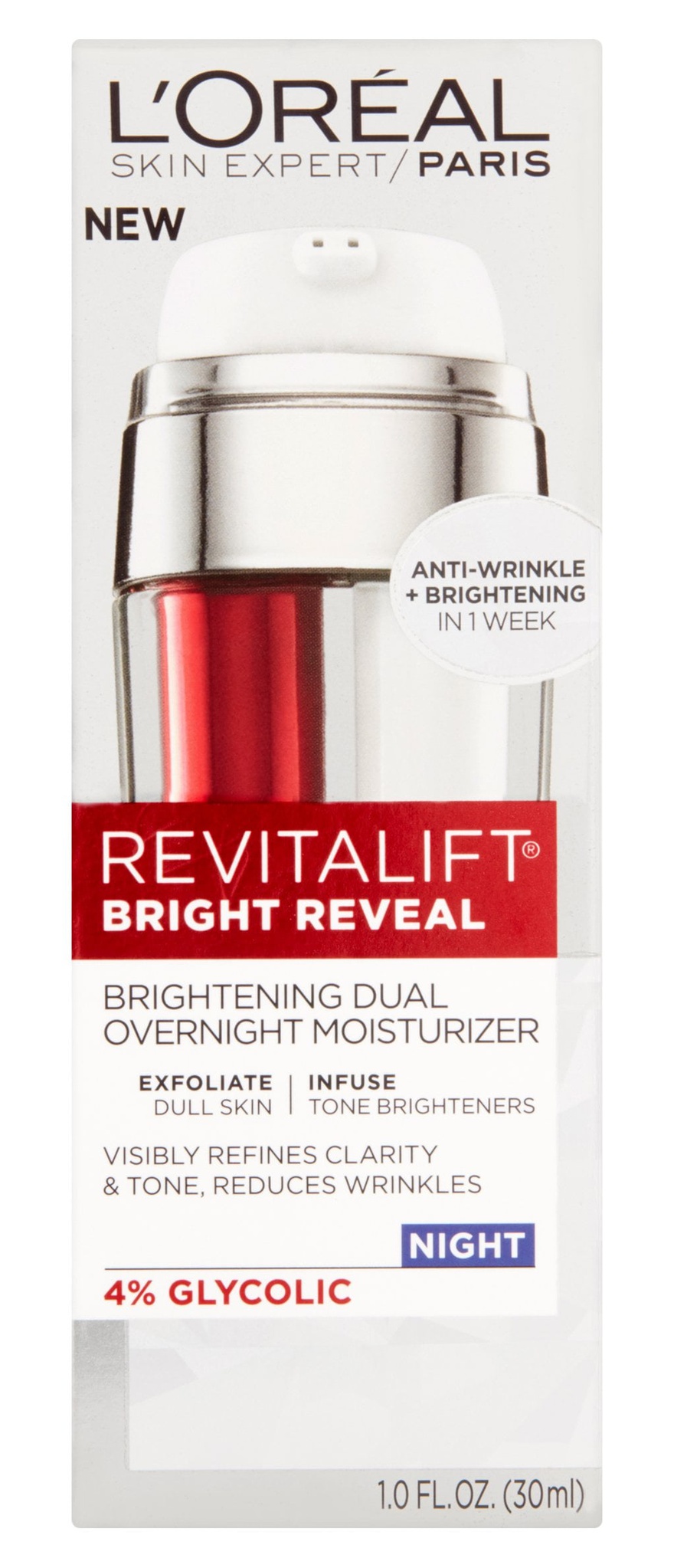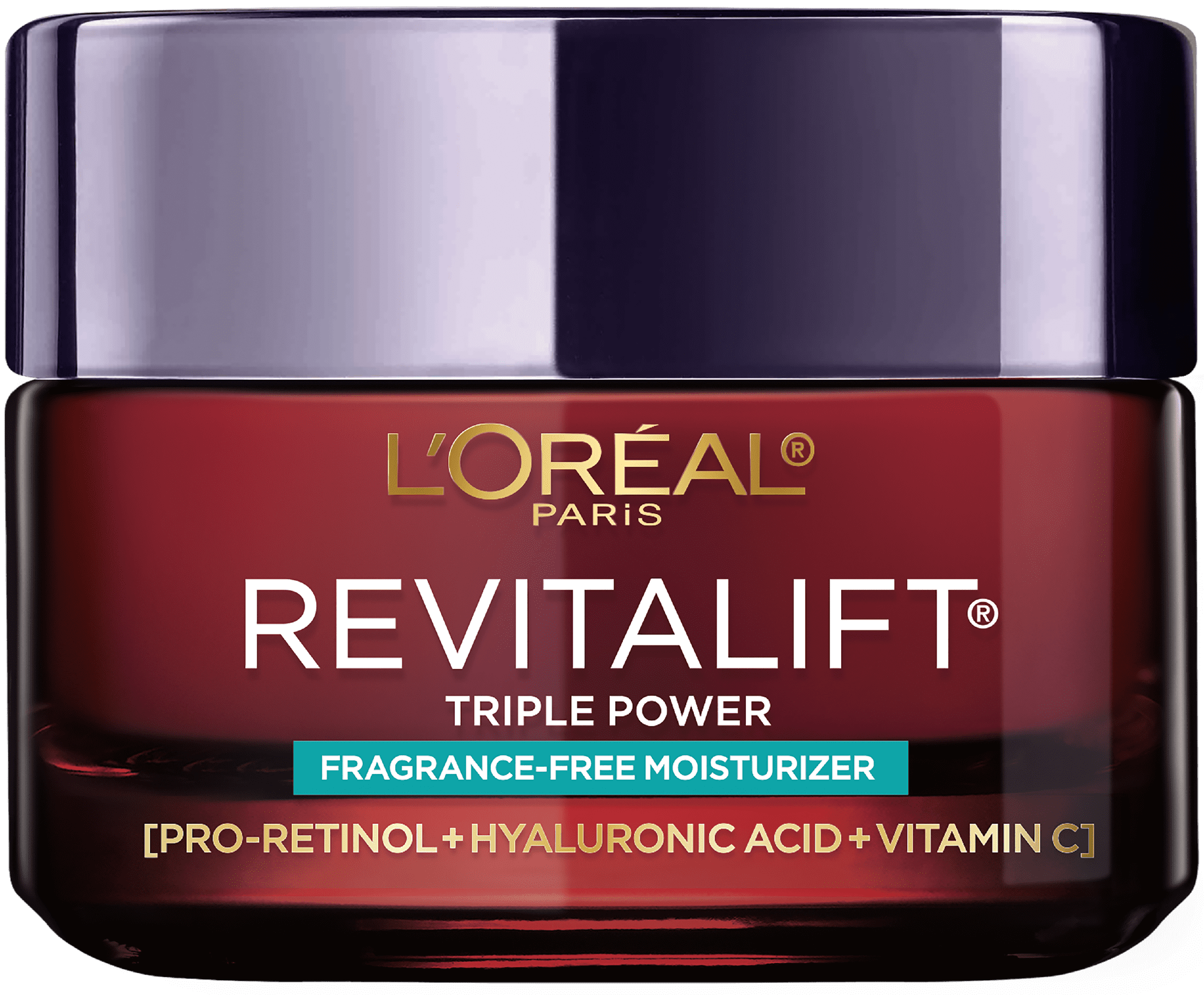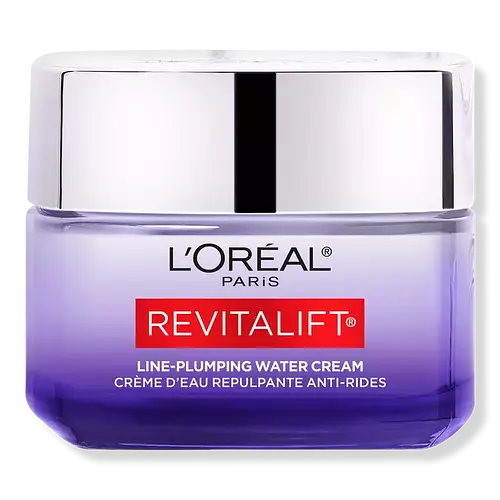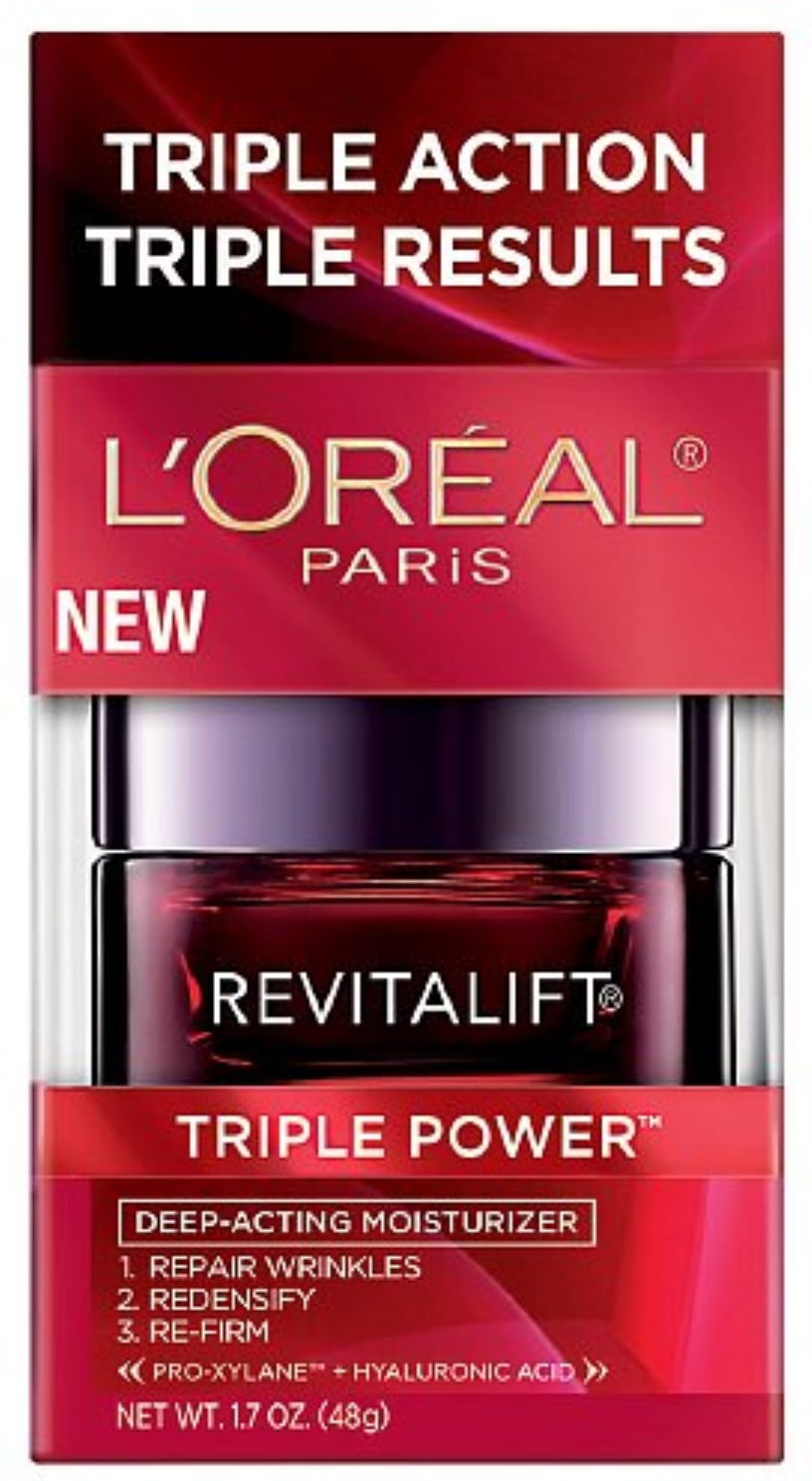L Oreal Revitalift Moisturizer Ingredients

Consumer advocacy groups are raising concerns regarding the ingredient list of L'Oréal's Revitalift moisturizer. Several potentially harmful substances have been identified, sparking calls for greater transparency.
This article breaks down the key ingredients of L'Oréal Revitalift moisturizer, highlighting both beneficial components and those raising red flags, and exploring potential consumer health implications. The analysis aims to inform consumers and encourage informed purchasing decisions.
Key Ingredients Under Scrutiny
L'Oréal Revitalift products boast a combination of anti-aging and moisturizing agents. However, some ingredients have drawn criticism.
Potentially Beneficial Ingredients
Hyaluronic Acid is a key component, known for its hydrating properties. It helps retain moisture, contributing to a plumper skin appearance.
Pro-Retinol, a derivative of Vitamin A, aims to reduce the appearance of wrinkles. It's a common ingredient in anti-aging skincare.
Ingredients of Concern
Parabens, acting as preservatives, have raised alarms due to potential endocrine disruption. While used in small quantities, cumulative exposure is a worry.
Fragrance is another component that warrants attention. It can trigger allergic reactions and sensitivities in susceptible individuals.
Specific alcohols, such as alcohol denat, may dry out the skin. This can negate the moisturizing benefits of the product.
Expert Opinions
Dermatologists are divided on the overall safety of L'Oréal Revitalift. Some praise the efficacy of active ingredients.
Others caution against the potential for irritation and allergic reactions. Especially for those with sensitive skin.
"Consumers with sensitive skin should always patch-test new products," advises Dr. Emily Carter, a leading dermatologist. "Pay close attention to the ingredient list before use."
Who is Affected?
This issue impacts anyone using L'Oréal Revitalift moisturizers. Individuals with sensitive skin or allergies are at higher risk.
The concerns primarily surround potential skin irritation and long-term health effects. These are linked to certain controversial ingredients.
What Can Consumers Do?
Consumers are urged to carefully examine the ingredient list of their skincare products. This includes L'Oréal Revitalift and similar moisturizers.
Patch-testing is crucial to identify potential allergic reactions before widespread use. Discontinue use immediately if any adverse reactions occur.
Seek advice from a dermatologist or skincare professional. It helps to determine the suitability of the product for individual skin types and concerns.
Where Does the Concern Originate?
Concerns have been voiced by various consumer safety organizations. These organizations focus on transparency and safety in the cosmetics industry.
Online forums and social media platforms are also amplifying these worries. They allow users to share experiences and information about product ingredients.
When Did This Issue Emerge?
Ingredient safety concerns have been ongoing in the cosmetics industry for years. The spotlight on L'Oréal Revitalift is part of a broader trend.
Recent reports highlighting specific ingredients have heightened public awareness. Increased awareness of potential risks is critical.
Next Steps and Ongoing Developments
Consumer advocacy groups are calling for stricter regulations and labeling requirements in the cosmetics industry. They demand complete ingredient disclosure.
Further research is needed to fully understand the long-term health effects of certain ingredients. Especially concerning prolonged, cumulative exposure.
Consumers should stay informed and advocate for safer cosmetic products. They should make conscious and mindful purchasing decisions.



